Our experienced team pride itself in creating beautiful smiles for all our patients in Milton Keynes and surrounding areas. We work hard to create natural-looking smiles designed to increase your confidence in your appearance.
Our treatments include Dental Exams, Emergency Dentists, Cosmetic bonding and contouring, teeth whitening, smile reconstruction, Braces for adults and children, Root Canal Treatment, Invisalign, Dental Implants, Oral Surgery and conscious sedation for adults.

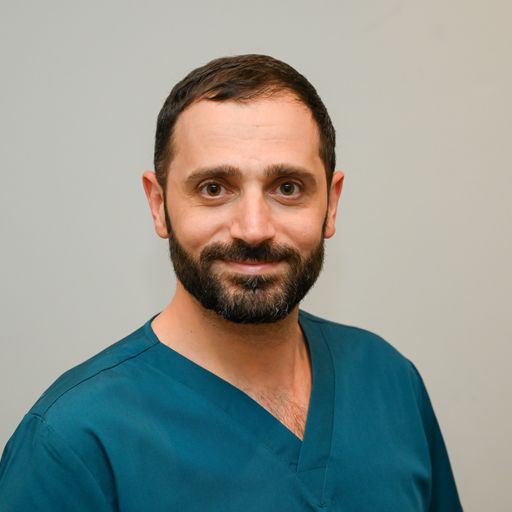

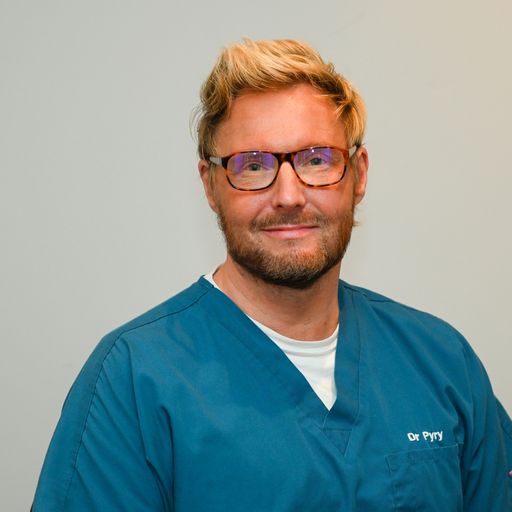
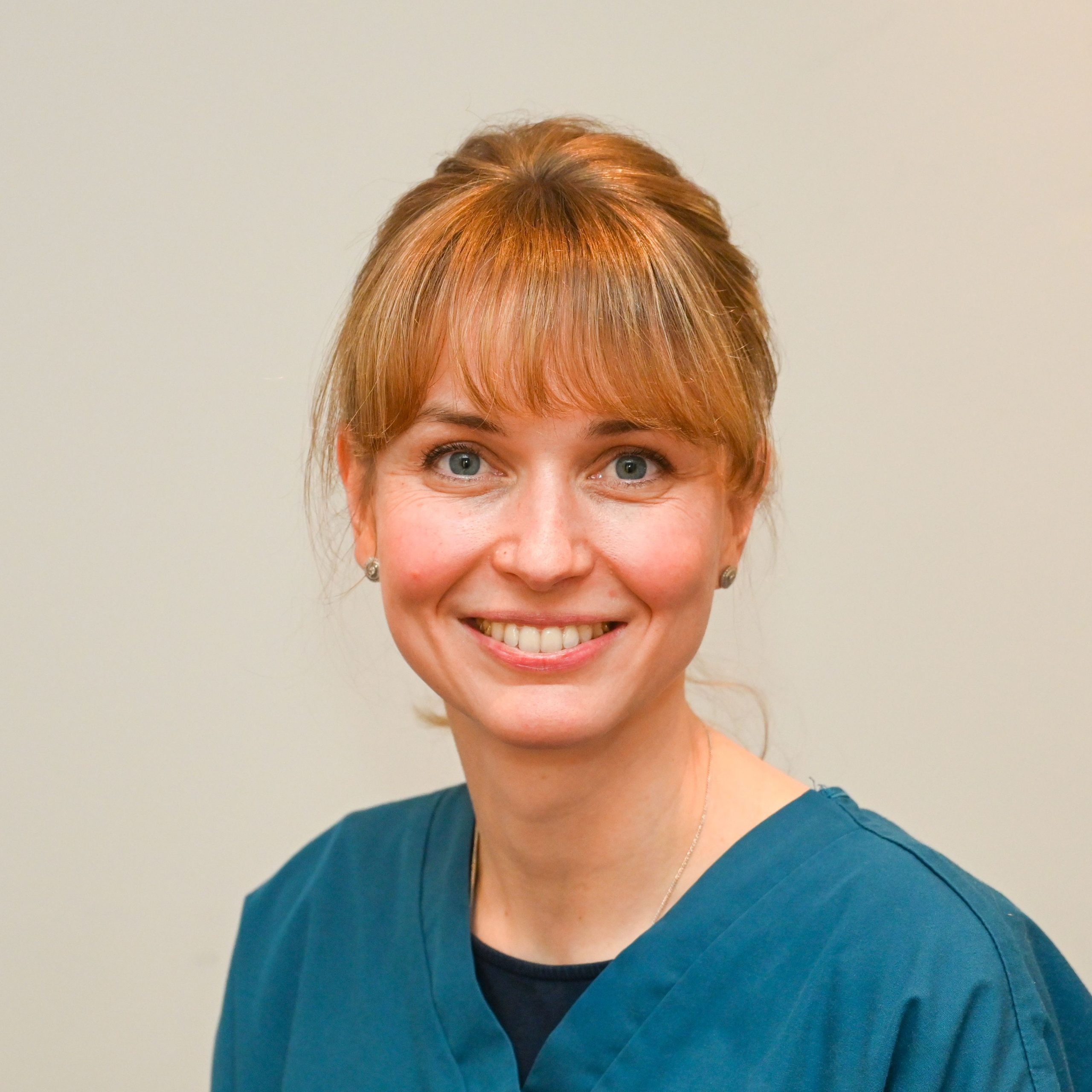
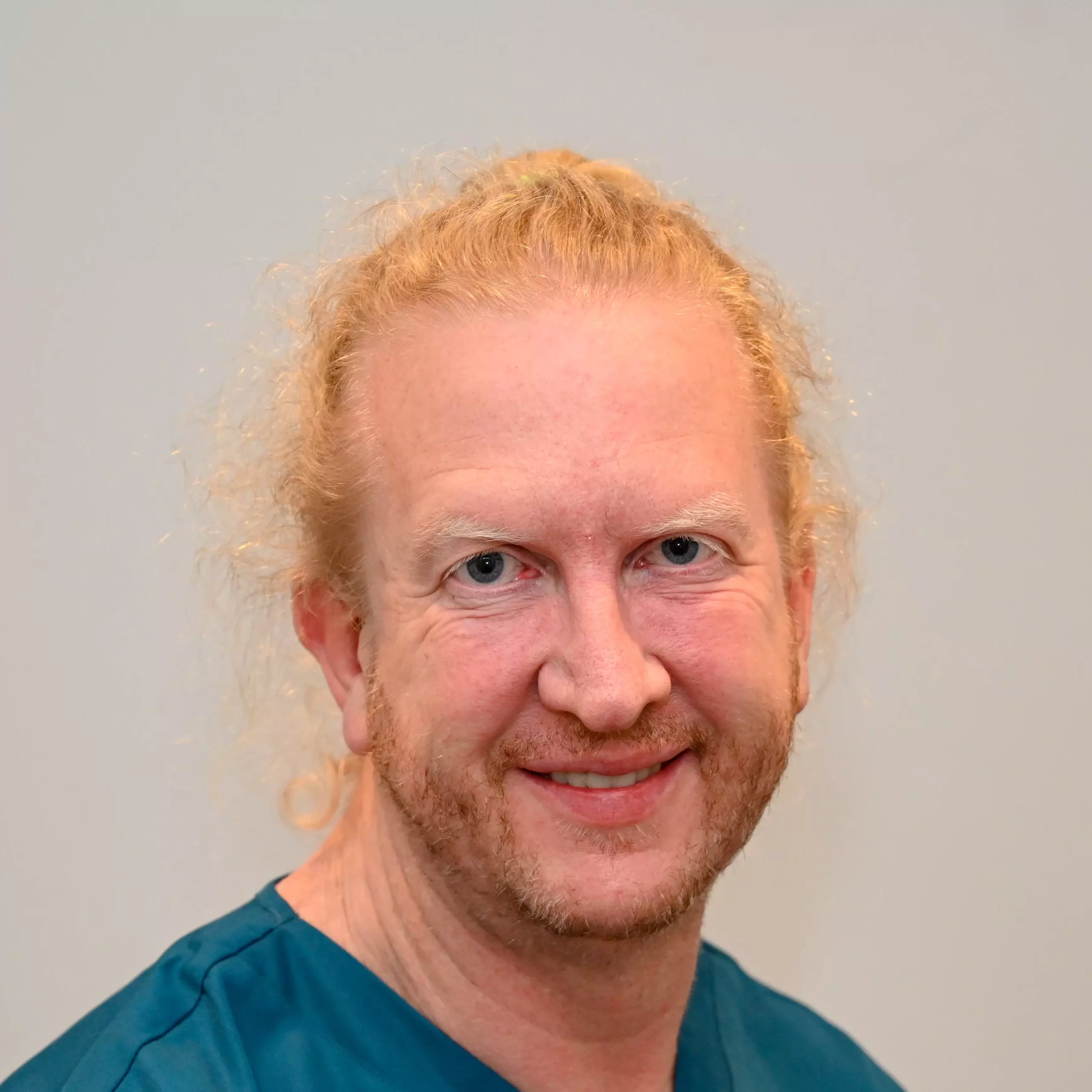



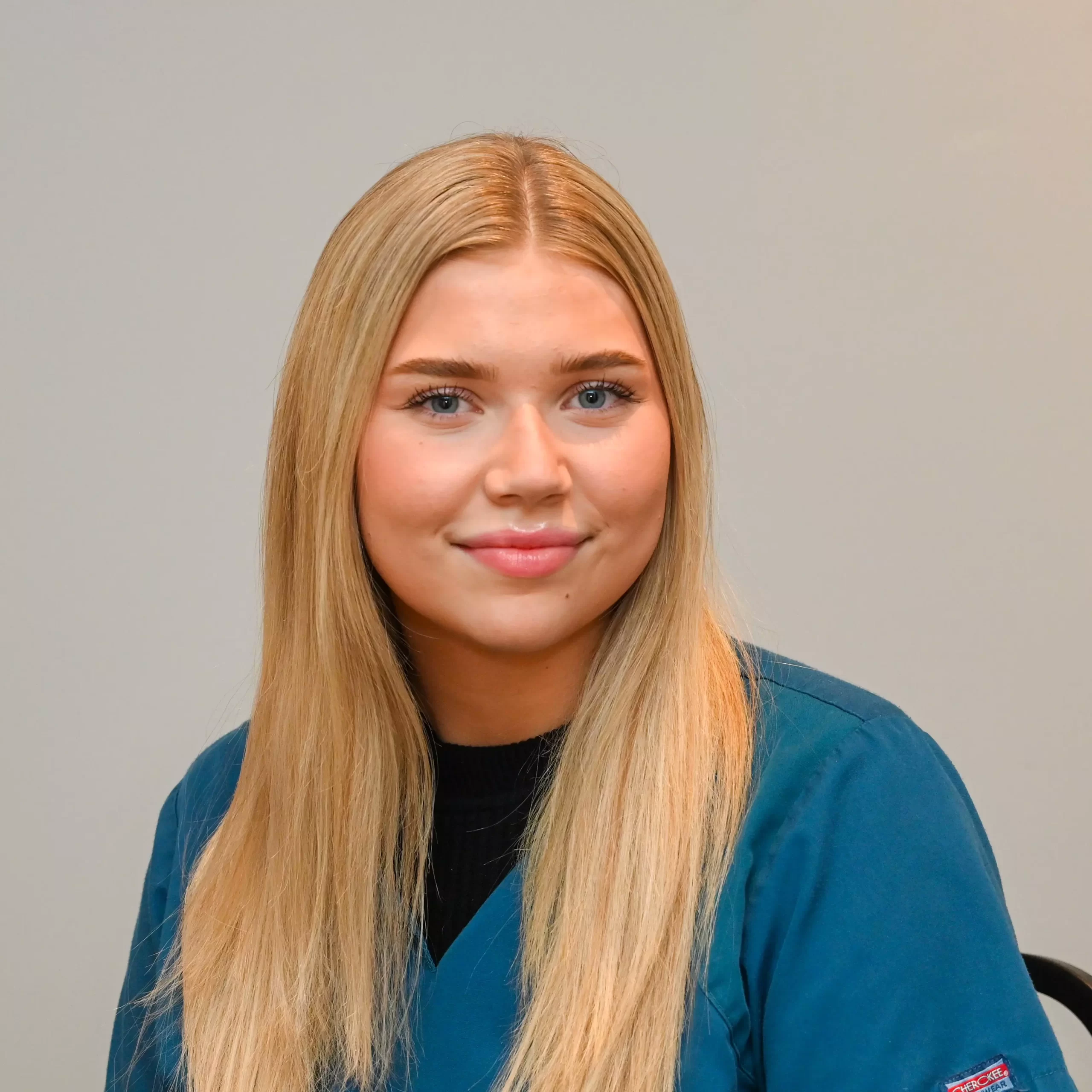




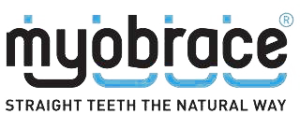





We offer private Orthodontic Treatments for children, teens & adults. Our Orthodontist ‘Dr El Hamid’ is a registered Specialist who is dedicated to providing high quality care with state of the art technology and equipments.
